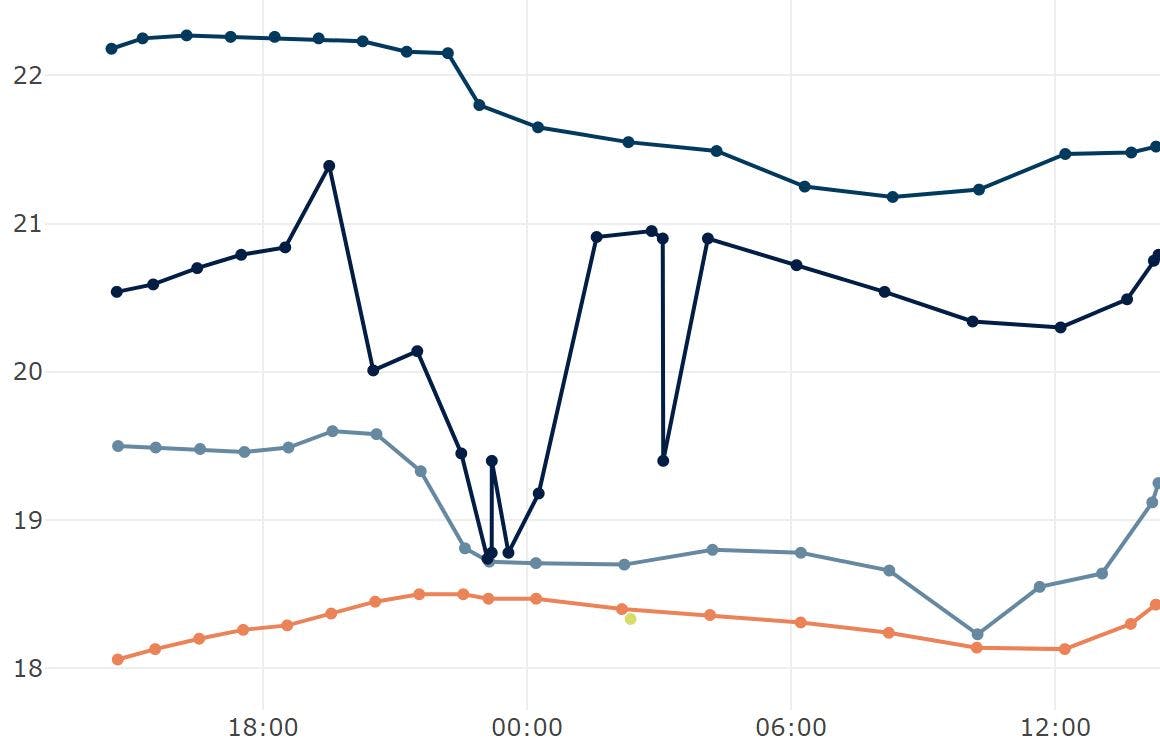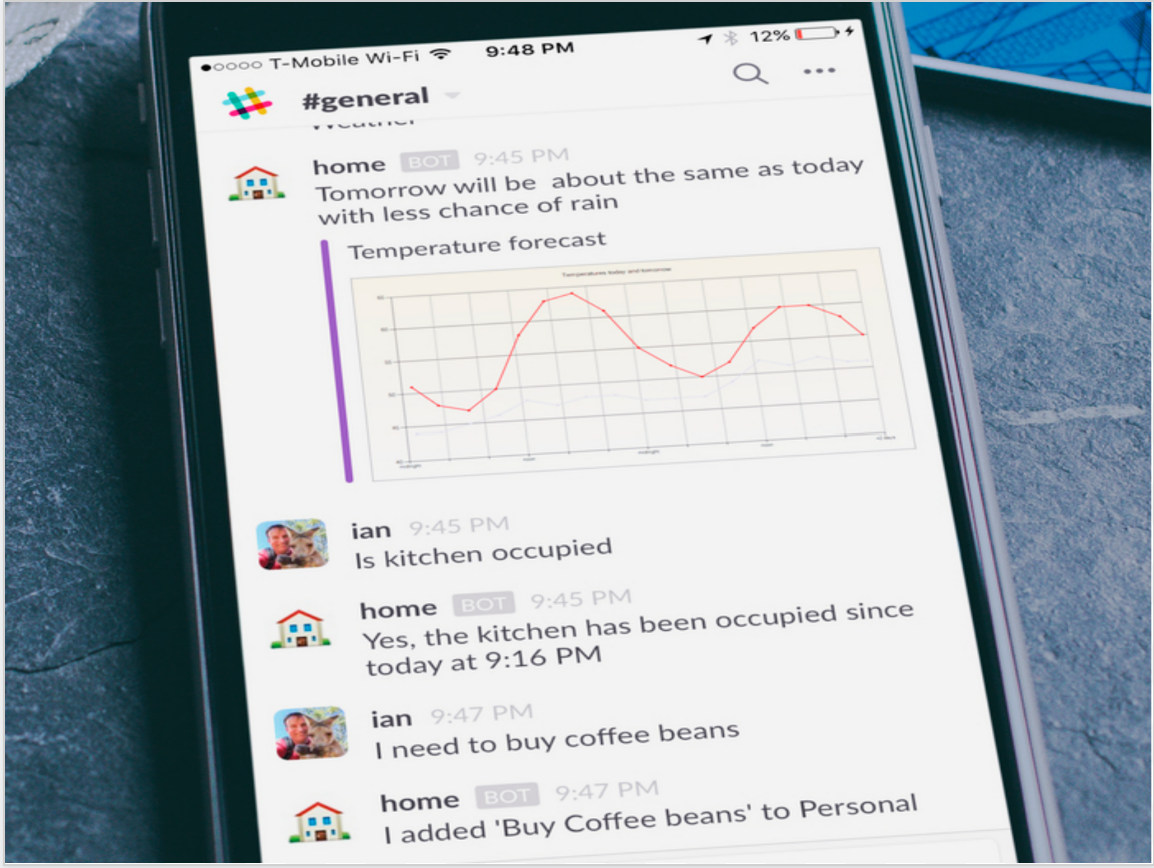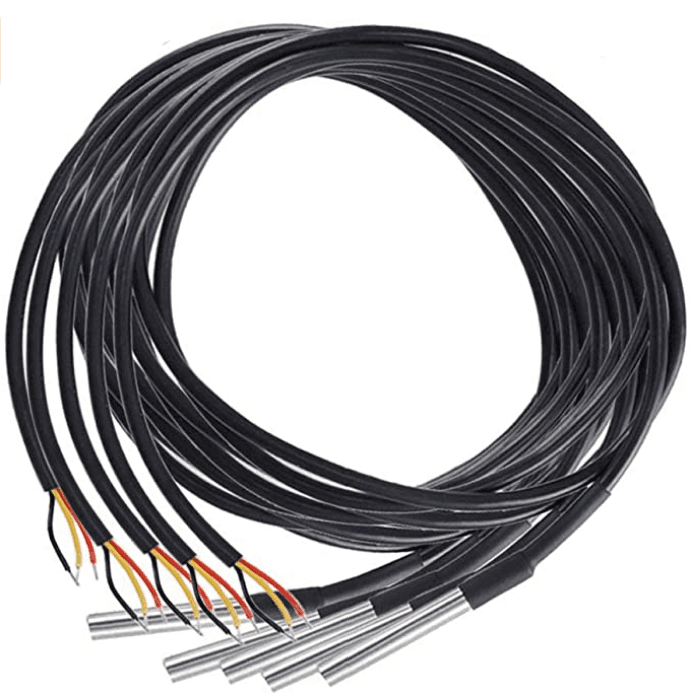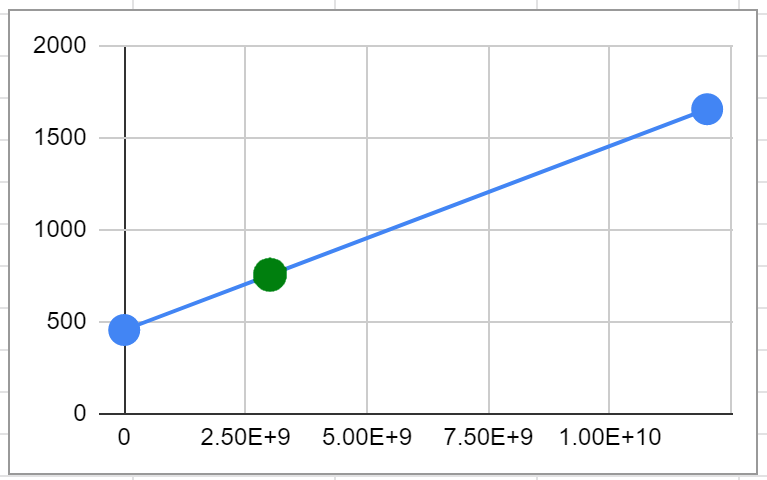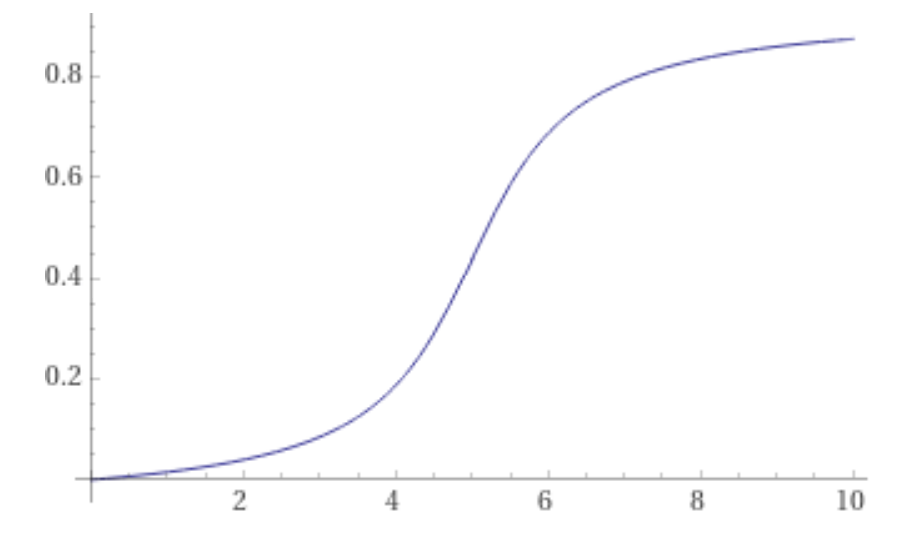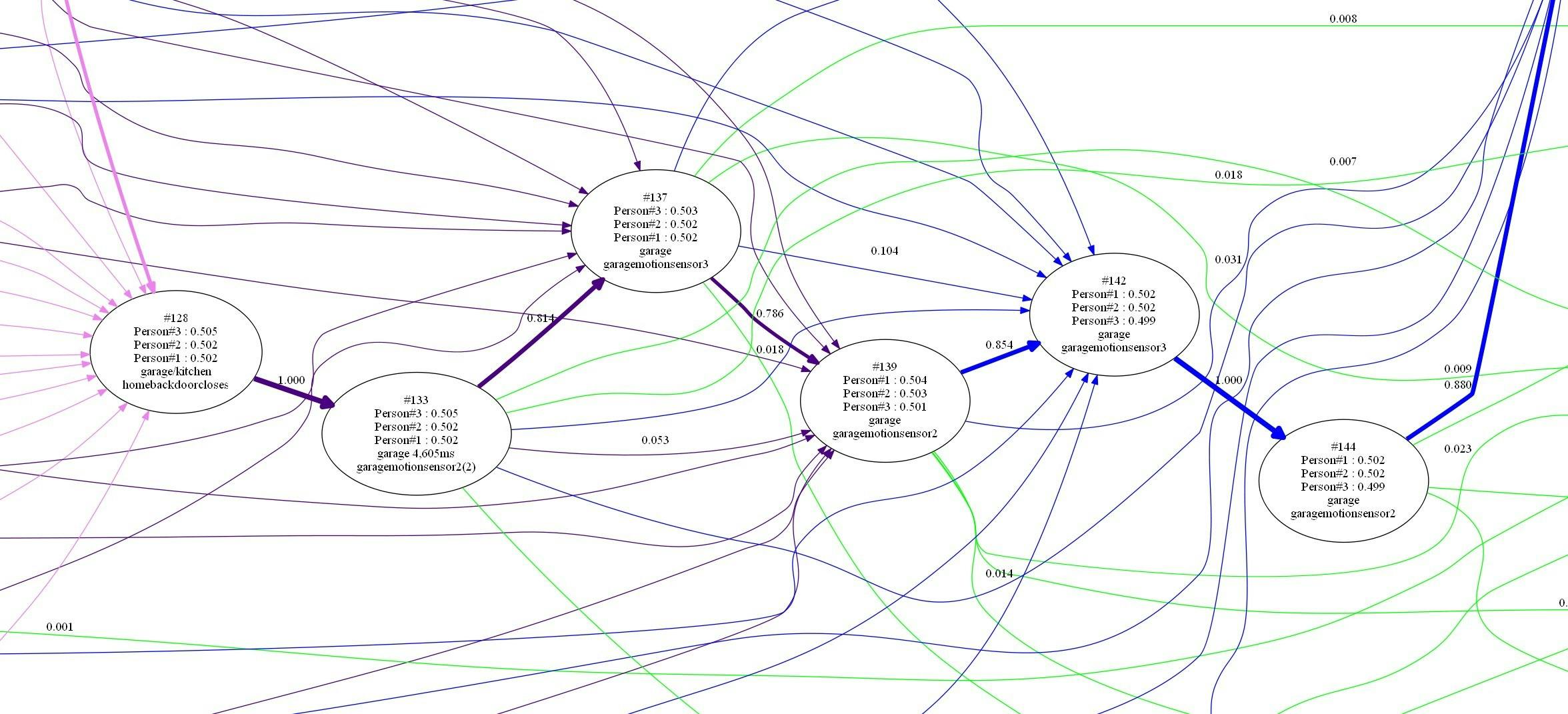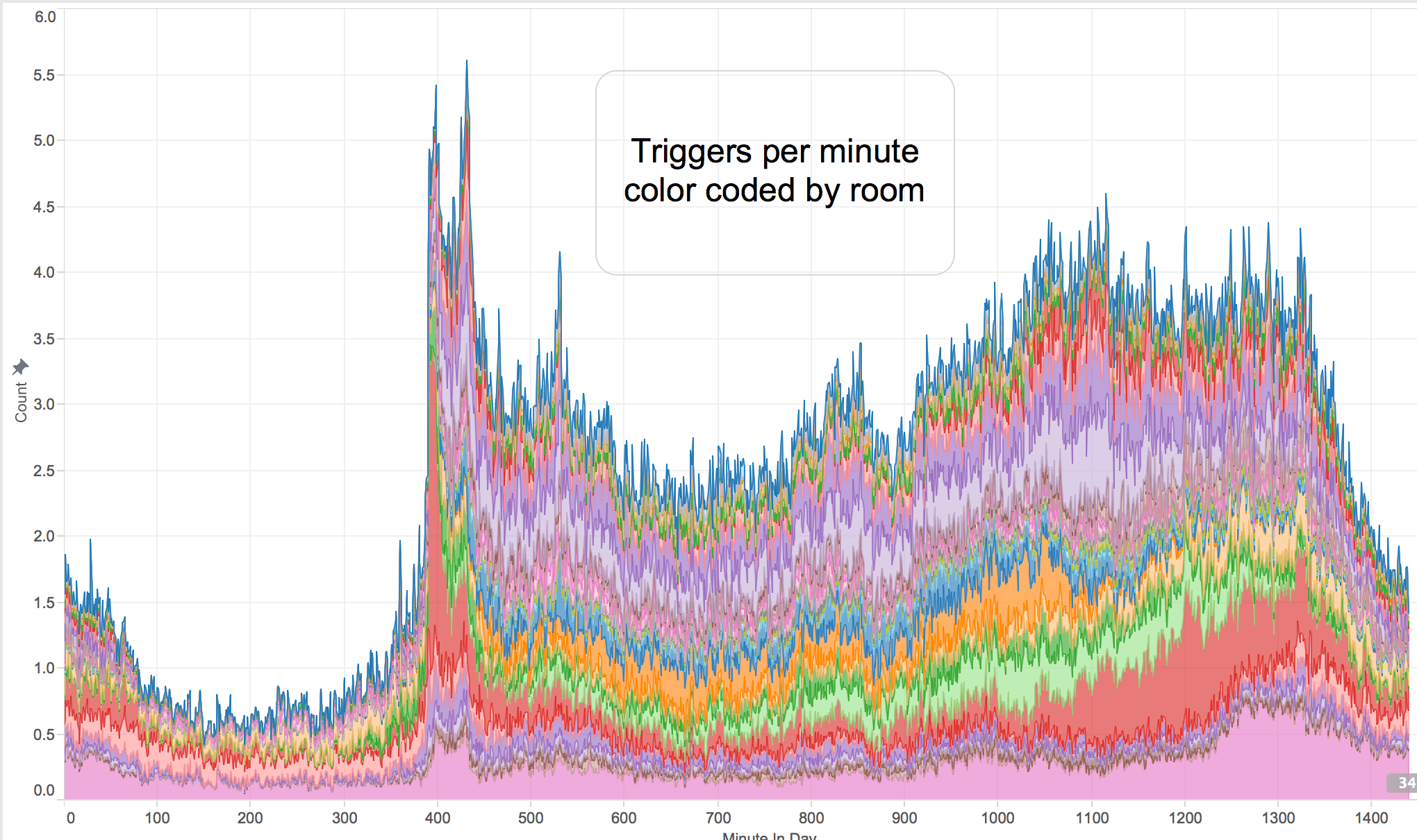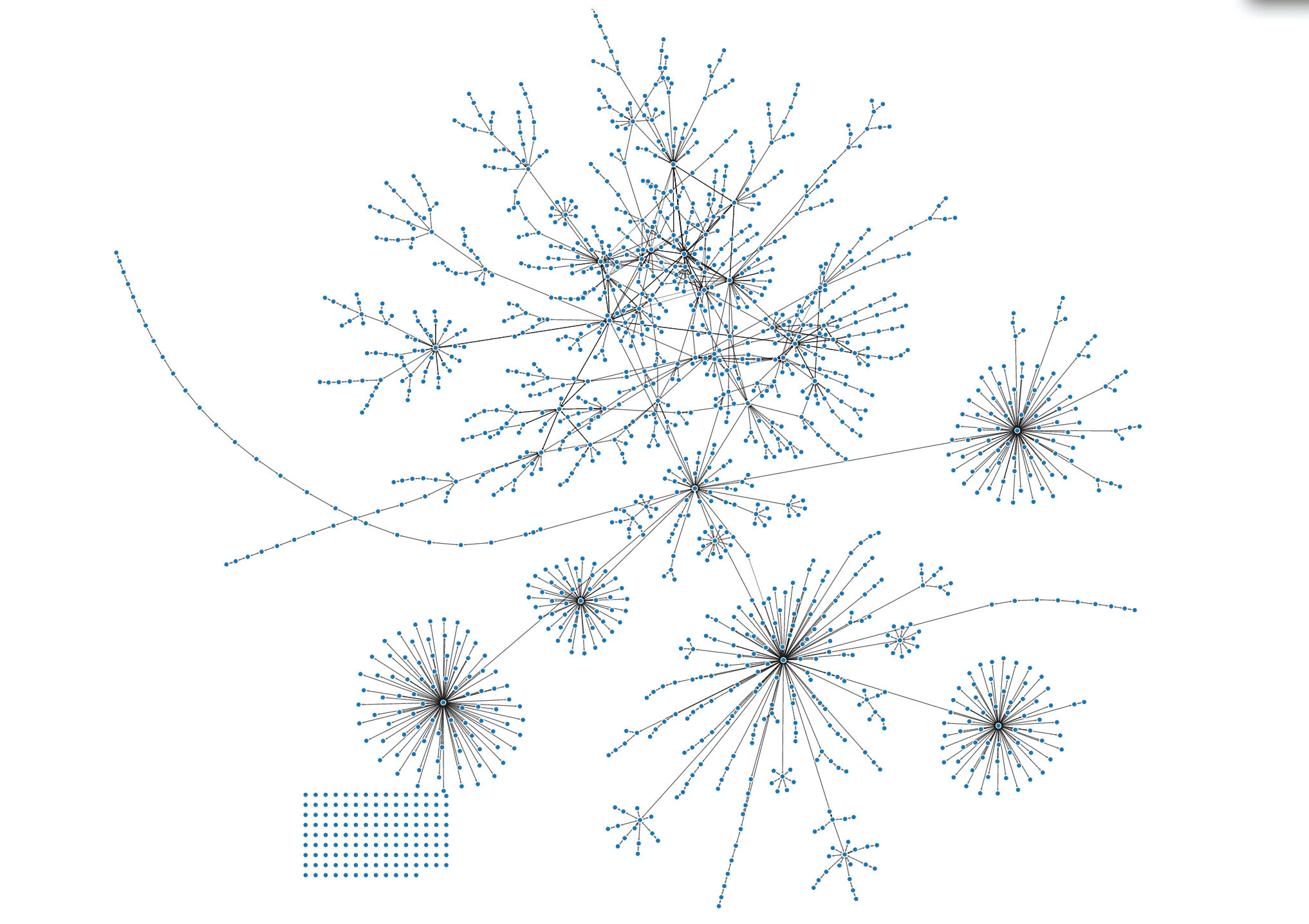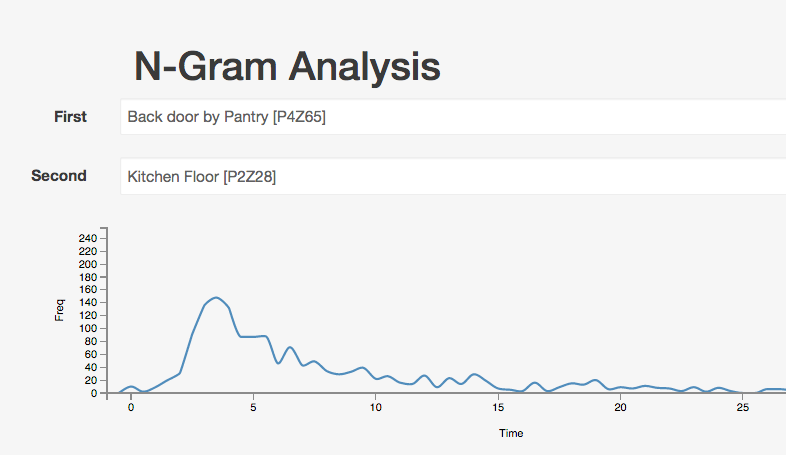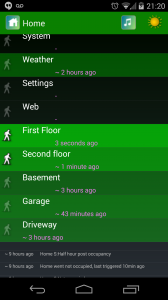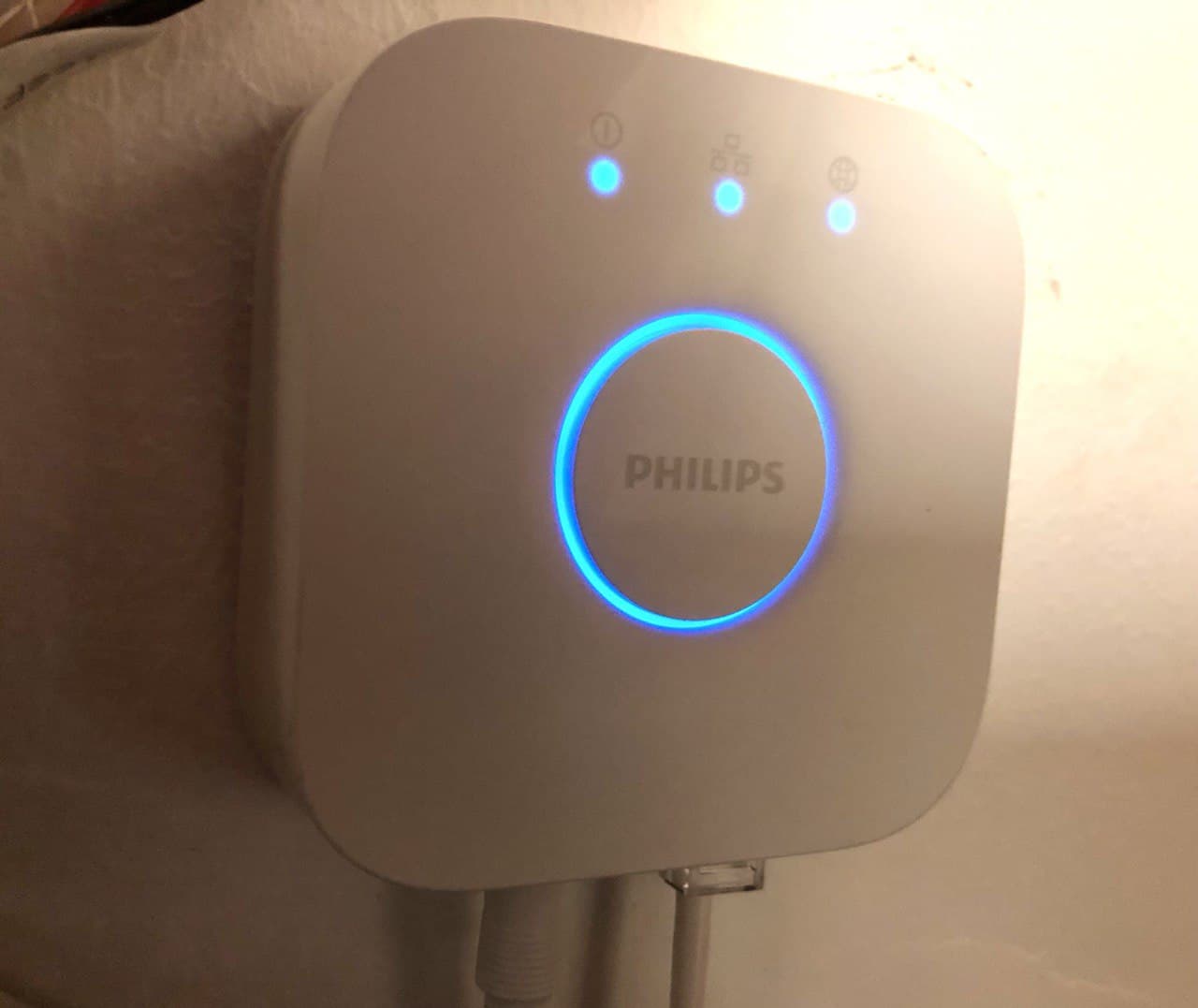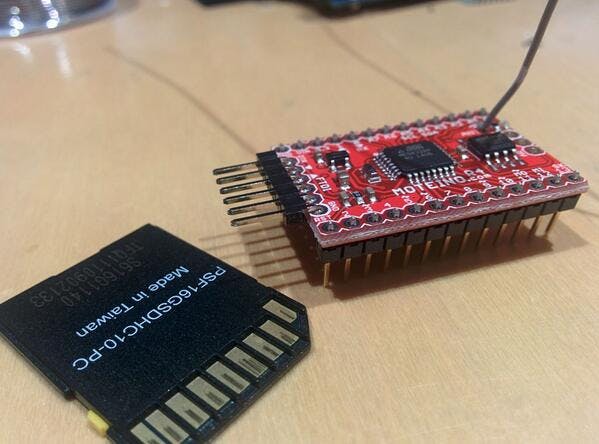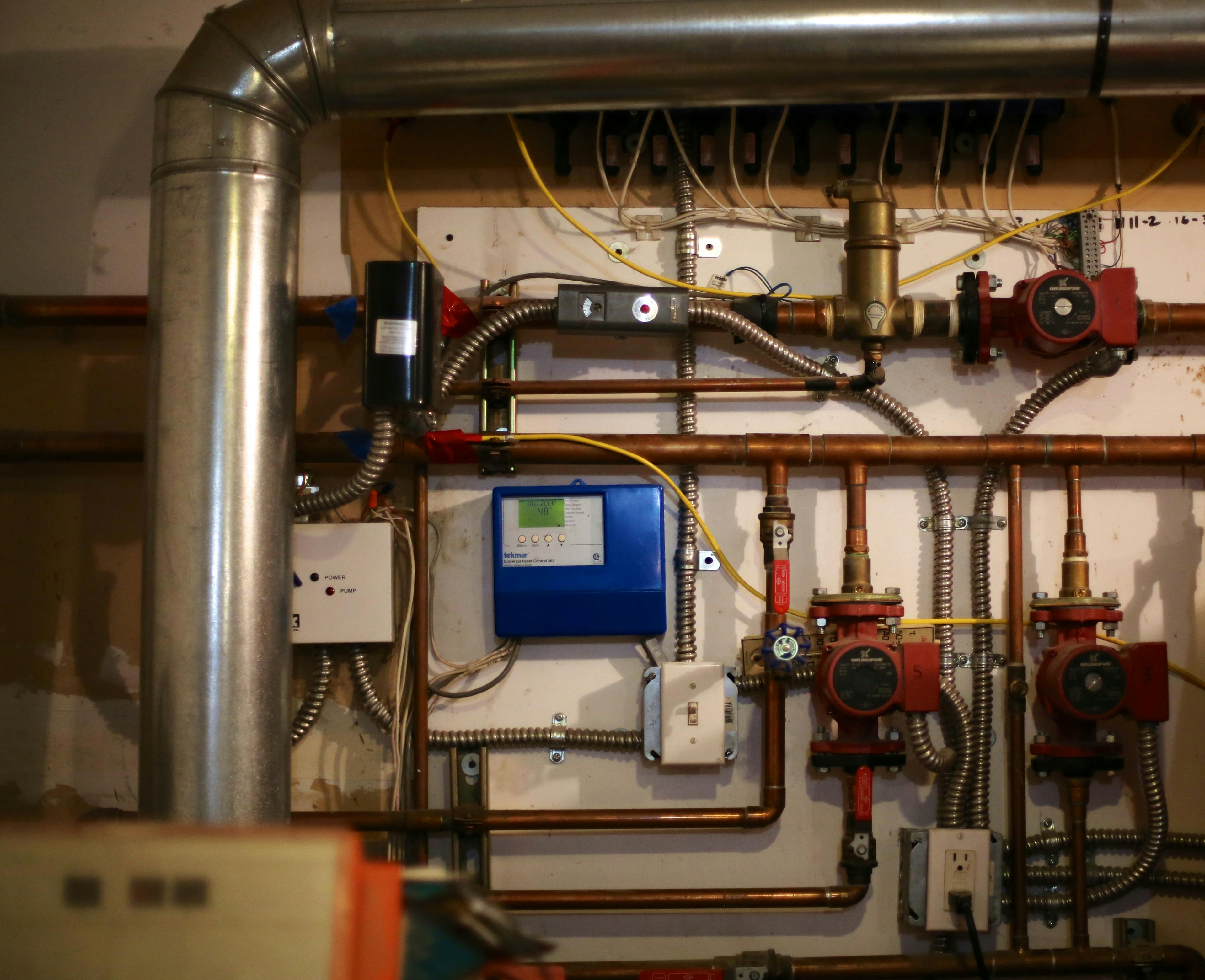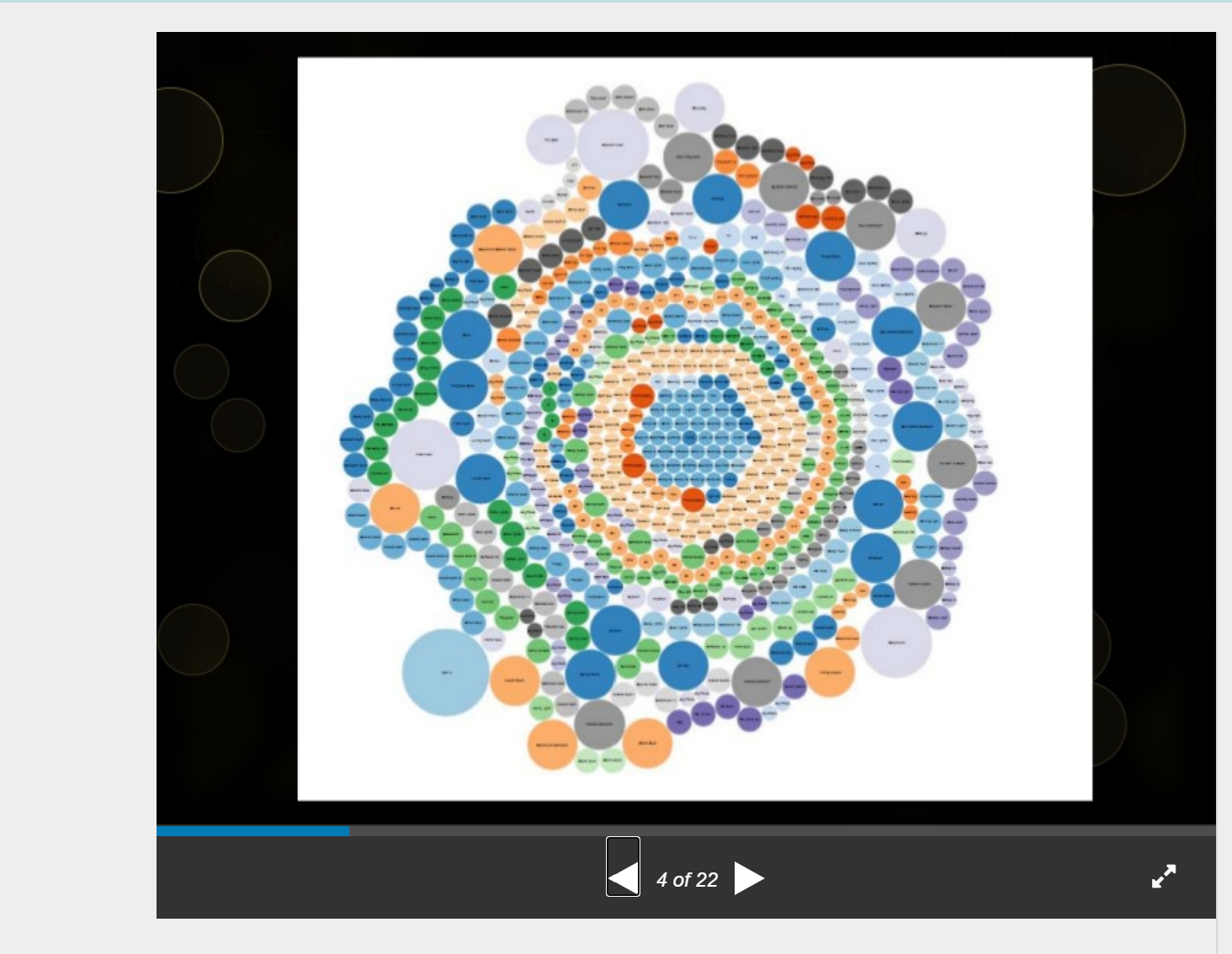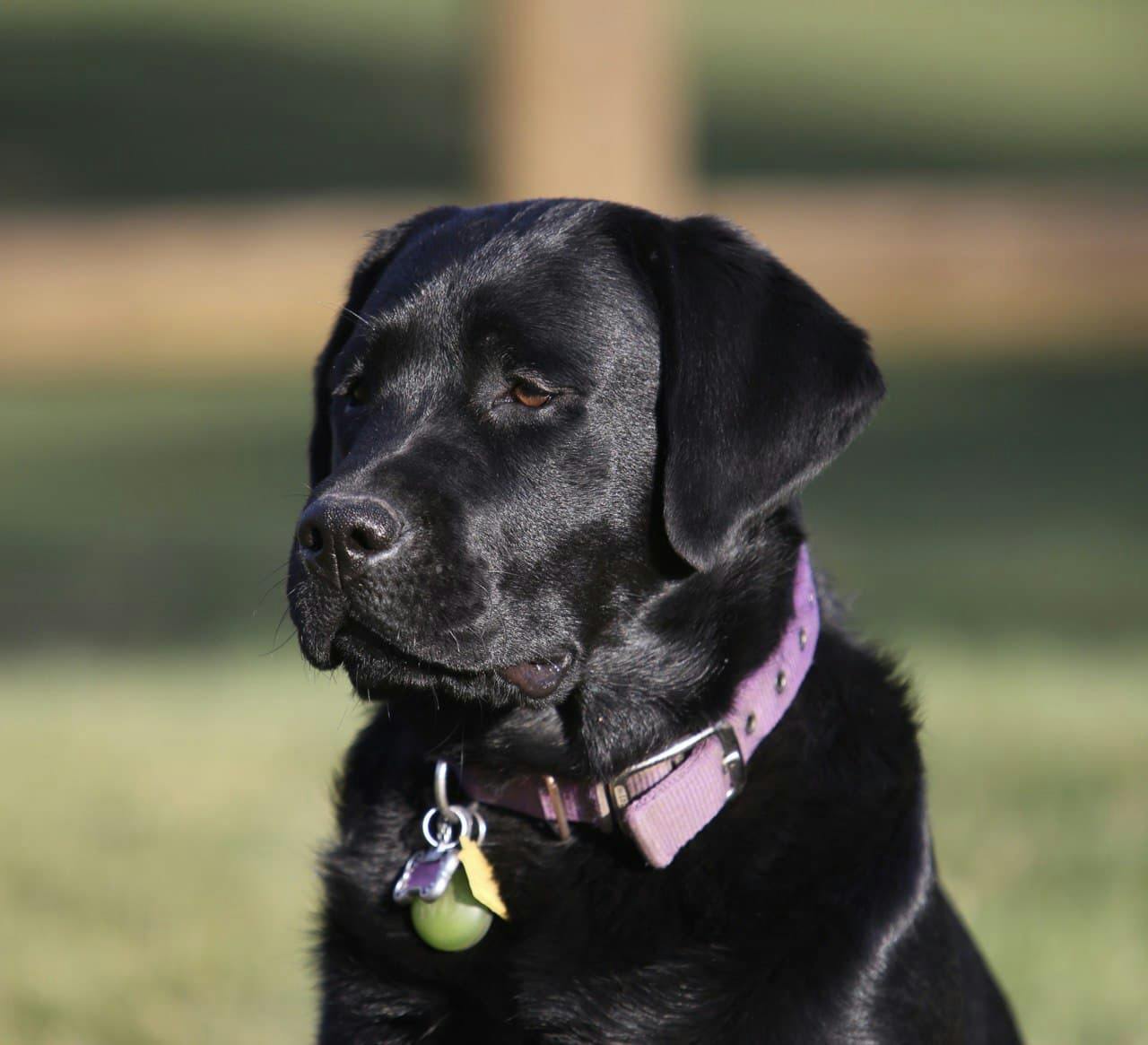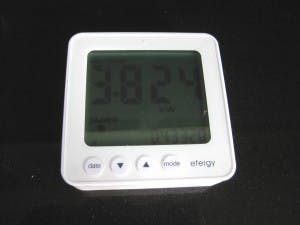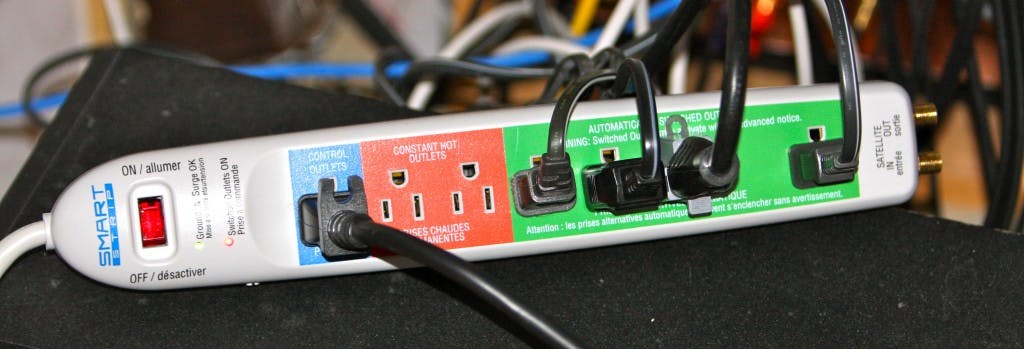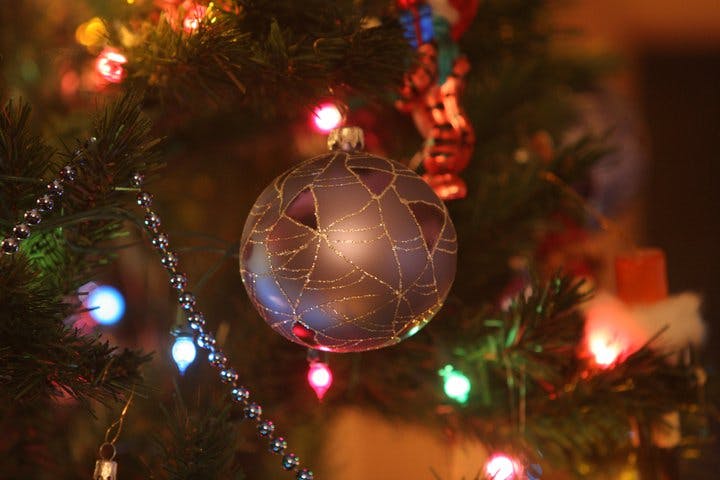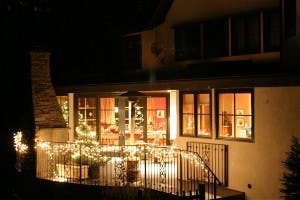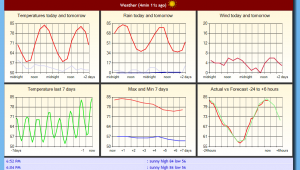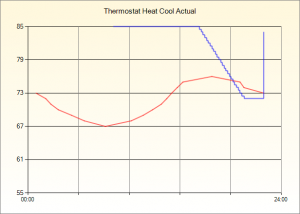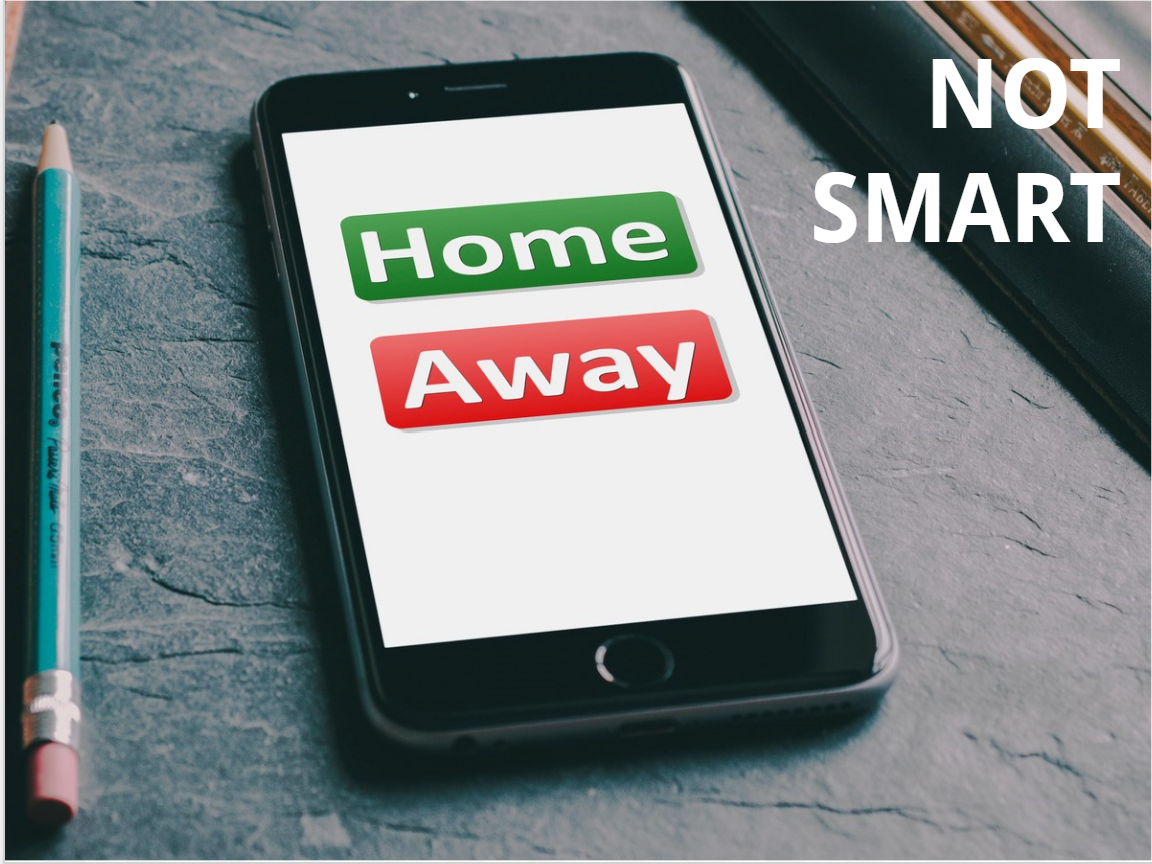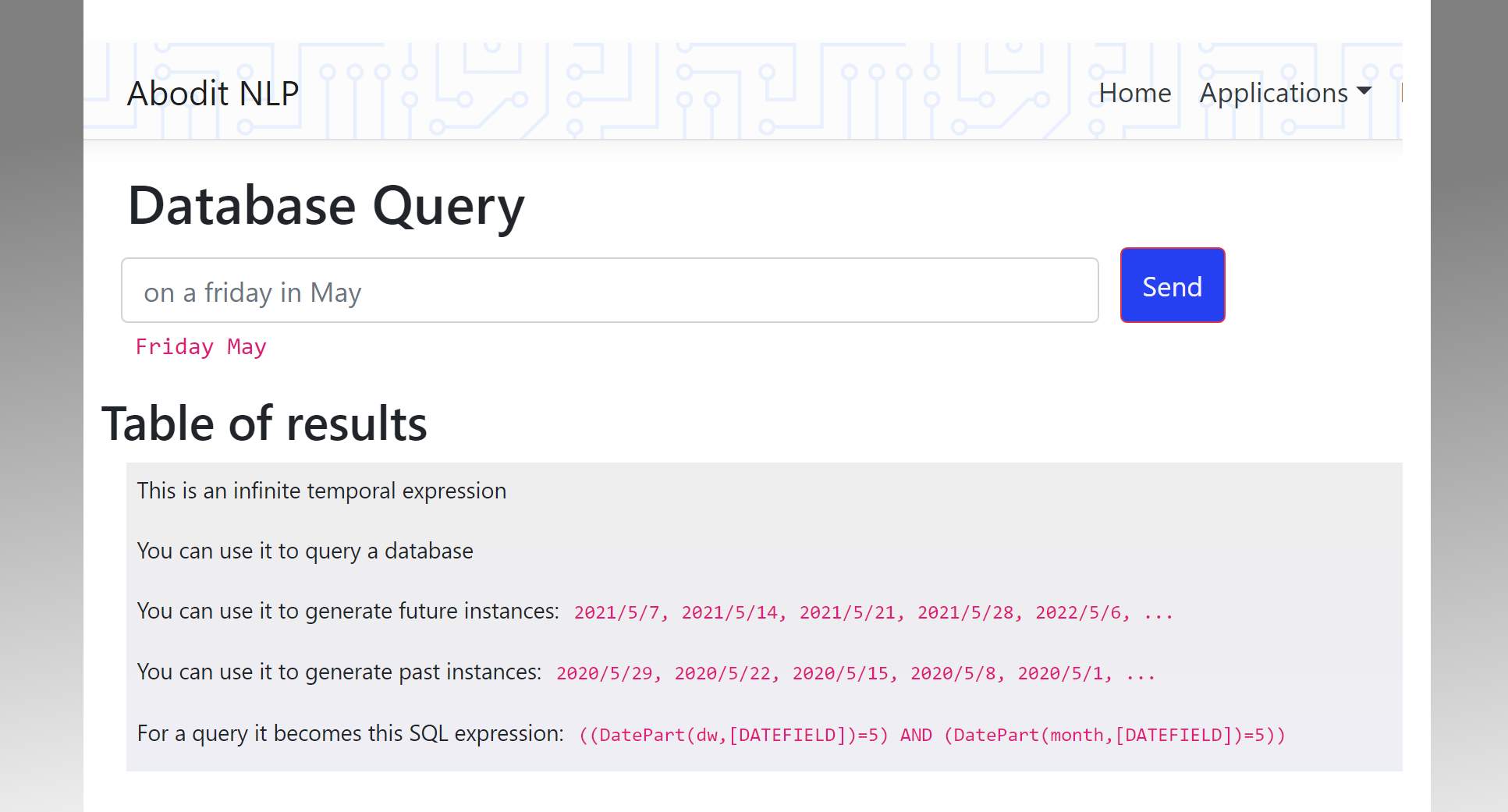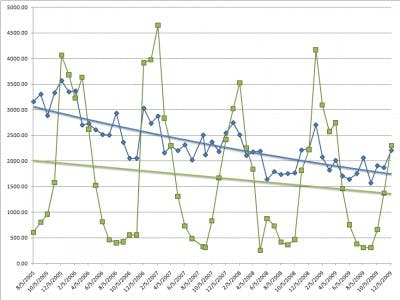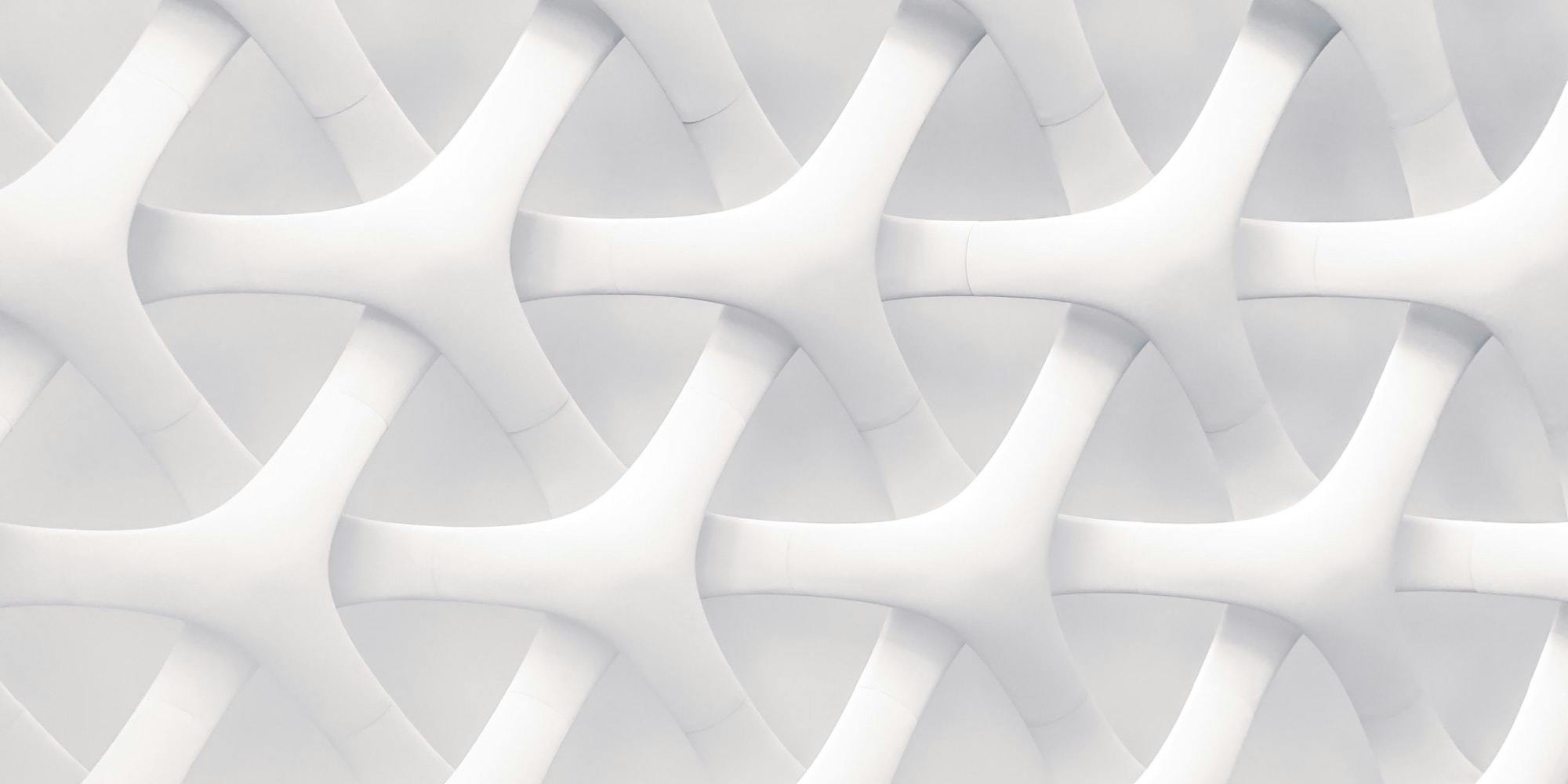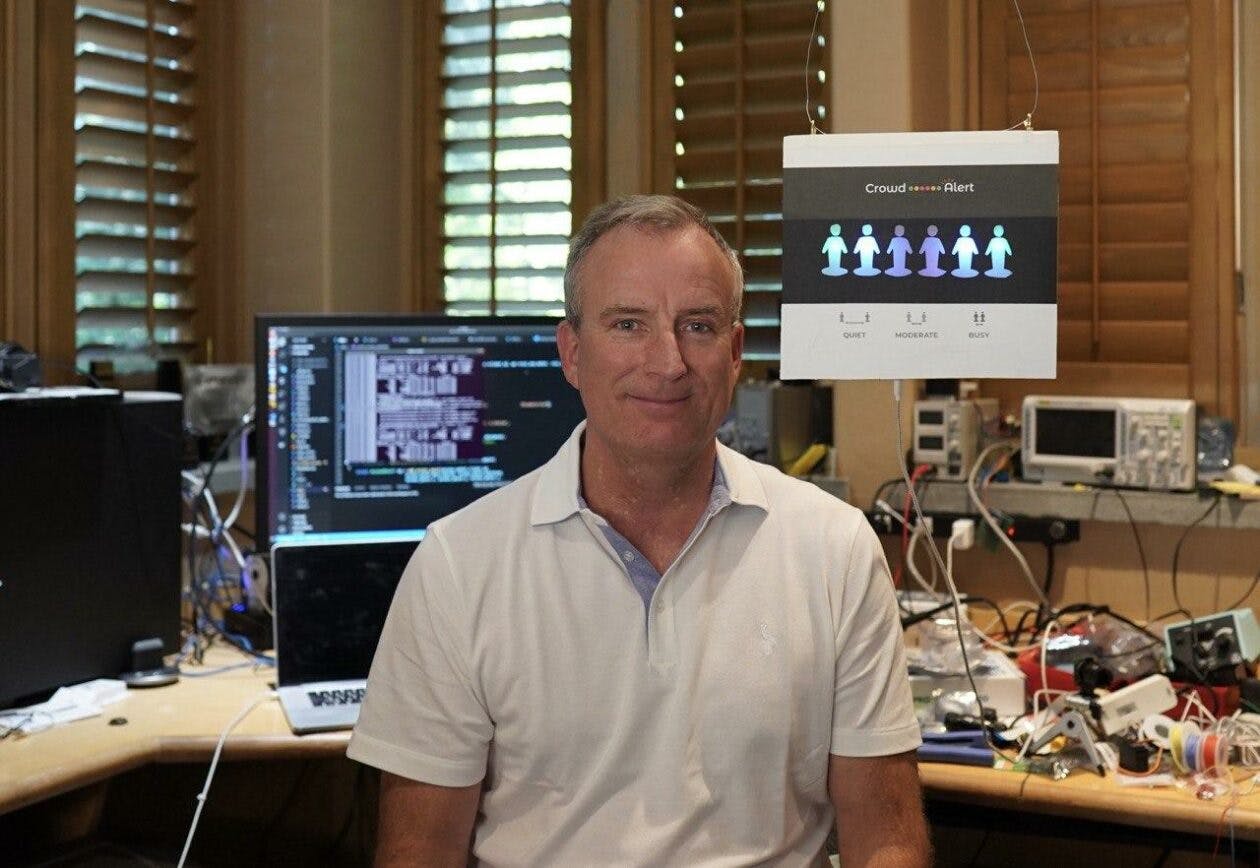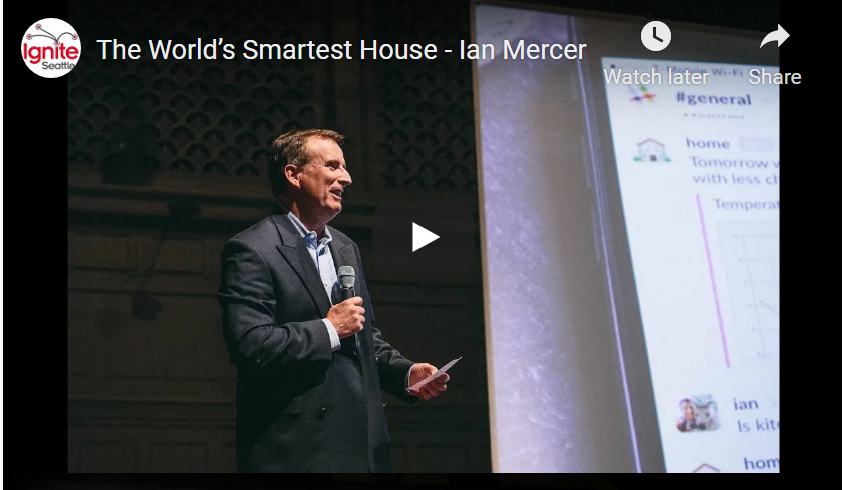GreenGoose Review

One of the conclusions I've reached from my many years experimenting with home automation is that one of the missing ingredients is affordable, wireless sensors with long battery life. One of the best solutions I've found so far is to use CADDX alarm sensors because they are wireless, have exceptionally long battery life and can be connected to a PC using a reliable serial connection. Proponents of the Internet of Things talk about every device having an IP address and recently some wifi-connected sensors have appeared. I'm skeptical of that approach: it seems unlikely however that they will get the kind of battery life you need to be practical and you really don't need a separate IP address for every single sensor.
What I believe we need is a hub device that connects to the internet and then really cheap wireless sensors that communicate back through it using a connection technology that requires much less power than wifi. So when GreenGoose recently announced their sensors I was one of the first to place a pre-order and this week I received one of their first device shipments. This blog post discusses some of my initial impressions.
First off I have to say I don't like the egg shape or the color of the hub. Fortunately it's in the wiring closet next to the router so I don't need to see it.
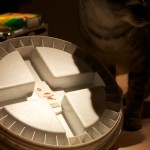 The
sensors themselves are remarkably small considering they claim a battery
life of 1.5 years and the fact that they include both a sensor, some
intelligence and a wireless transmitter. Two of the sensors were
stick-on devices which I stuck on the dog and cat food containers
respectively even though one was labelled food and the other treats. The
other two were shaped like dog tags. Here you can see one of the
stick-on sensors mounted inside the lid of a dog food container. You
can view a teardown of the GreenGoose sensors and hub on this Flickr
page.
The
sensors themselves are remarkably small considering they claim a battery
life of 1.5 years and the fact that they include both a sensor, some
intelligence and a wireless transmitter. Two of the sensors were
stick-on devices which I stuck on the dog and cat food containers
respectively even though one was labelled food and the other treats. The
other two were shaped like dog tags. Here you can see one of the
stick-on sensors mounted inside the lid of a dog food container. You
can view a teardown of the GreenGoose sensors and hub on this Flickr
page.
Connecting the sensors up to my account took two attempts, three sensors were found on the first try and the remaining sensor on the second try. That's apparently fairly normal. There were a few configuration problems with my account and the iPad software (actually iPhone software in 2x mode) and the web site is clearly still under development with daily bug fixes and improvements happening each time I try it. But, I have to say the folks at GreenGoose have been incredibly responsive to my every comment or bug report.
 So now I'm getting reports from the sensors on their web site and
overall things seem to be working quite well. It's certainly not 100%
reliable yet in terms of capturing every event so I don't think these
are going to be the perfect home automation sensor that I'm still
waiting and hoping for, but, in all fairness, the folks at GreenGoose
aren't selling these sensors as alarm panel sensors, but as more of a
fun game tracking activity and reminding people to go walk the dog. I'll
update this blog when I have a better idea exactly how accurate they are
at capturing activity.
So now I'm getting reports from the sensors on their web site and
overall things seem to be working quite well. It's certainly not 100%
reliable yet in terms of capturing every event so I don't think these
are going to be the perfect home automation sensor that I'm still
waiting and hoping for, but, in all fairness, the folks at GreenGoose
aren't selling these sensors as alarm panel sensors, but as more of a
fun game tracking activity and reminding people to go walk the dog. I'll
update this blog when I have a better idea exactly how accurate they are
at capturing activity.
The biggest gotcha however is that my original plan to use the sensors on different devices has been somewhat thwarted by the realization that each different sensor type is calibrated to detect a specific kind of motion. You cannot re-purpose them like you would a normal motion or contact sensor. So putting the dog collar sensor on my key chain isn't producing the results I'd expected. We will have to wait for GreenGoose to come out with sensors to put on doors, cars, shoes, cellphones, iPads and whatever else we want to track. I've suggested to GreenGoose that they explain this better on their web site as many hobbyists will try to repurpose the sensors for applications other than the ones for which they were designed.
Another issue at the moment is that the web site forces you to assign the sensors to a specific pet and they only support one pet name. They say they'll add multiple-pet support soon.
Next I plan to try their API and will report back on how that goes.
Bottom line: this is remarkable technology - a mems accelerometer, some computing power, a radio transmitter and a 1.5 year battery in a package the size of a stick of gum is quite a feat of engineering. Some of the software is a bit 'immature' but it's improving daily. Overall this is a very affordable way to try out some 'quantified self' ideas for yourself, it might help you walk the dog more often (our dogs wouldn't let you forget to do that, but maybe yours would!), and the support from GreenGoose has been great.
